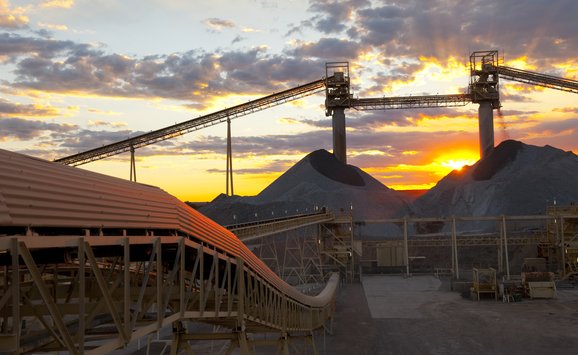Exploring for oil and natural gas has changed a great deal since the days when prospectors looked for surface seeps and roughnecks stood around waiting for a gusher. Indeed, the technologies used today to explore and develop petroleum deposits rival in imagination and expense those used to explore outer space. Most significant among these breakthroughs are three-dimensional seismology, horizontal drilling, and new deepwater production systems.
Despite their expense, these technological advances have reduced the costs of finding and developing oil and natural gas resources dramatically. They have shored up the U.S. petroleum industry in the process.
Douglas Bohi makes these observations in a recently issued report in which he traces changes in the productivity of the U.S. petroleum industry over the last decade. In terms of productivity, he writes, the consequences have been remarkable. To wit: 3D seismology costs roughly twice as much as 2D but raises the petroleum discovery success rate from 20 to 50 percent and the development drilling success rate from 70 to 90 percent. These productivity improvements translate into 40 percent reductions in average finding costs and over 20 percent reductions in average development costs.
Likening the improvement of 3D over 2D to that of Magnetic Resonance Imaging over X-rays, Bohi notes that three-dimensional seismology makes it possible to find resources that would otherwise be overlooked and to increase recovery rates from known reservoirs. Advances in high-speed computing are what have made the use of 3D possible. Geologists and geophysicists generate mountains of data that are then fed into supercomputers via satellites to build the complex models used to study sound waves and thus help locate oil and gas deposits deep within the Earth.
Now that it is possible to drill well bores at all angles and to sense their location with respect to the target, resource recovery has increased by a factor of two to five. New drilling systems that operate remotely and production platforms that float make it possible to extract oil and gas in water thousands of feet deep.

The 3D models facilitate these major new advances. In the case of horizontal drilling, high-quality 3D information is used to locate small and thin deposits that the new type of drilling is often able to recover. In deepwater exploration, 3D seismology provides more accurate estimates of subsurface configurations and helps reveal ultimate reserve potential. These advances can offset some of the risk associated with any large investment in deepwater production.
Perhaps 3D's most exciting application is in the detection of petroleum deposits below salt formations in the Gulf of Mexico. More access to deep water has opened up some of the most productive petroleum-bearing areas in the United States: the success rate in the gulf is twice the national average; wells drilled in over 500 feet of water on average produce five times as much as wells drilled in shallower spots. In 1994, industry spent more money on offshore than onshore activity in the United States for the first time in history. The payoffs warrant the focus, Bohi writes, despite the fact that exploratory wells offshore are five to six times more expensive to drill than onshore.
Bohi describes the advent of these technological advances within the context of how the industry has operated traditionally and how it has changed over the last ten years. The changes that have occurred, he says, are very much the consequence of industry responding to the pressure to reduce the costs of production after the price of oil fell by half in 1986. The prospect that the price would not rebound anytime soon meant that firms had to find new ways of doing business beyond downsizing. So while technology undoubtedly contributed to rising productivity, the industry also helped itself by exercising greater selectivity to draw on higher quality prospects than in the past. The industry made some organizational and institutional changes, too.
Still, Bohi concludes, it is the technological innovations that deserve most of the credit for keeping the United States competitive in the world oil market and for easing adverse effects on returns domestically.
Bohi's study is part of a two-year project that RFF is conducting with the support of a $350,000 grant from the Alfred P. Sloan Foundation. The project's purpose is to better understand the sources of productivity change in the energy forestry, and mining industries—major contributors to the U.S. economy.






